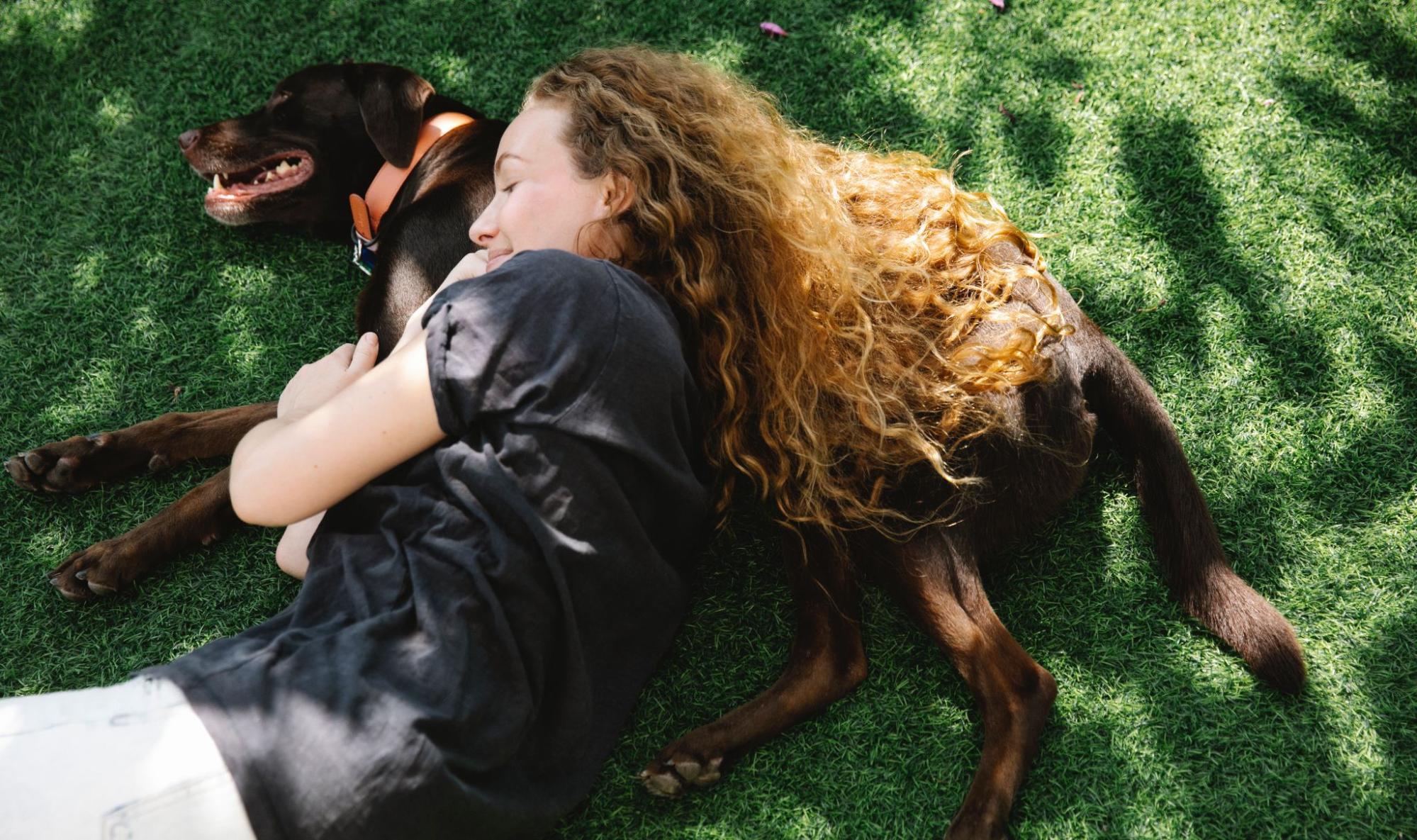How to Stop Dog Dominance Behavior
Labrador dominance in dogs can manifest in various behaviors that indicate a need for intervention. If you’re wondering how to stop dog dominance behavior, it’s crucial to recognize the signs early on. Understanding these signals can help address the issue effectively and ensure a harmonious relationship with your Labrador.
One common sign of Labrador dominance is assertive body language. This may include standing tall, raising their tail high, and maintaining direct eye contact. Additionally, dominant Labradors may exhibit resource guarding behavior, such as growling or snapping when others approach their food bowl or toys.
Another indicator of Labrador dominance is excessive jumping up on people or furniture. While this behavior might seem harmless at first, it can become problematic if not addressed promptly. Dominant Labs also tend to display pushiness during walks by pulling strongly on the leash and leading the way rather than following their owner’s commands.
To address Labrador dominance behavior effectively, establishing yourself as the pack leader is essential. Consistency in training methods and setting clear boundaries will help your Labrador understand their place within the family hierarchy. Positive reinforcement techniques can reinforce desired behaviors while discouraging dominant tendencies.
By recognizing the signs of Labrador dominance and taking proactive measures to address them through proper training and consistent leadership, you’ll be well on your way to fostering a balanced and respectful relationship with your furry friend.
Understanding Labrador Dominance
Labrador dominance can manifest in various ways, and as a responsible dog owner, it’s crucial to recognize the signs and understand how to address this behavior. By gaining insight into Labrador dominance, you’ll be better equipped to establish a balanced relationship with your furry friend. Let’s delve into this topic further.
- Body Language Signals: Labradors may display dominant behavior through their body language. Look out for these common indicators:
- Stiff posture: A dominant Labrador may stand tall with a stiff body, projecting an air of confidence.
- Direct eye contact: Intense eye contact without breaking gaze could signal dominance.
- Raised hackles: When the fur on their back stands up, it indicates that they feel threatened or are trying to assert themselves.
- Mounting or humping: This behavior is not only seen during mating but can also be displayed as an assertion of dominance.
- Resource Guarding: Another sign of Labrador dominance is resource guarding. Your Labrador might try to control access to food, toys, or other valuable objects. They may growl or show aggression when someone approaches these items.
- Asserting Control: Dominant Labradors often attempt to take control of situations and make decisions for themselves. They may resist commands or ignore them completely, refusing to comply with your requests.
- Aggression towards Humans or Other Animals: In some cases, dominant Labradors can display aggression towards humans or other animals as a way of establishing their authority.
Addressing Labrador Dominance:
To curb dominant behavior in Labradors and foster a healthier dynamic between you and your pet, consider implementing the following strategies:
- Consistent Training: Establish clear boundaries and reinforce obedience training consistently from an early age.
- Positive Reinforcement: Reward good behavior with praise, treats, and affection rather than resorting to punishment-based methods.
- Socialization: Expose your Labrador to different people, animals, and environments to help them develop appropriate social skills.
- Leadership: Establish yourself as the pack leader by using calm and assertive energy. Set rules and boundaries for your Labrador to follow.
By understanding Labrador dominance and taking proactive steps to address it, you can build a harmonious relationship with your beloved pet. Remember, patience and consistency are key when tackling any behavioral issues.

Identifying Signs of Dog Dominance Behavior
When it comes to our furry companions, understanding their behavior is crucial for maintaining a harmonious relationship. Recognizing signs of dog dominance behavior can help us address any issues and promote a balanced dynamic between ourselves and our beloved pets. Here are some key indicators that may suggest your Labrador is displaying dominant tendencies:
- Guarding Resources: If your Labrador becomes possessive over food, toys, or other items and shows aggression when approached, it could be a sign of dominance behavior. This behavior may include growling, snapping, or even biting to protect their valuable possessions.
- Pushy Behavior: Dogs with dominant traits often display pushiness by nudging or pawing at you for attention or demanding to be petted on their terms. They might ignore commands or refuse to move when asked, asserting their control over the situation.
- Leash Pulling: When walking your Labrador, if they constantly pull on the leash while leading the way and show no regard for your guidance or commands, it could indicate a desire for dominance over you as the pack leader.
- Mounting Behavior: One common display of dominance in dogs is mounting other animals (or even humans). While this behavior is not exclusive to dominant dogs, it can be an indicator when combined with other signs.
- Ignoring Personal Space Boundaries: Dogs that invade personal space without invitation are often exhibiting dominant behavior. If your Labrador constantly leans against you, jumps up uninvitedly, or tries to claim prime spots on furniture without permission, it may signify their attempt to assert themselves as alpha.